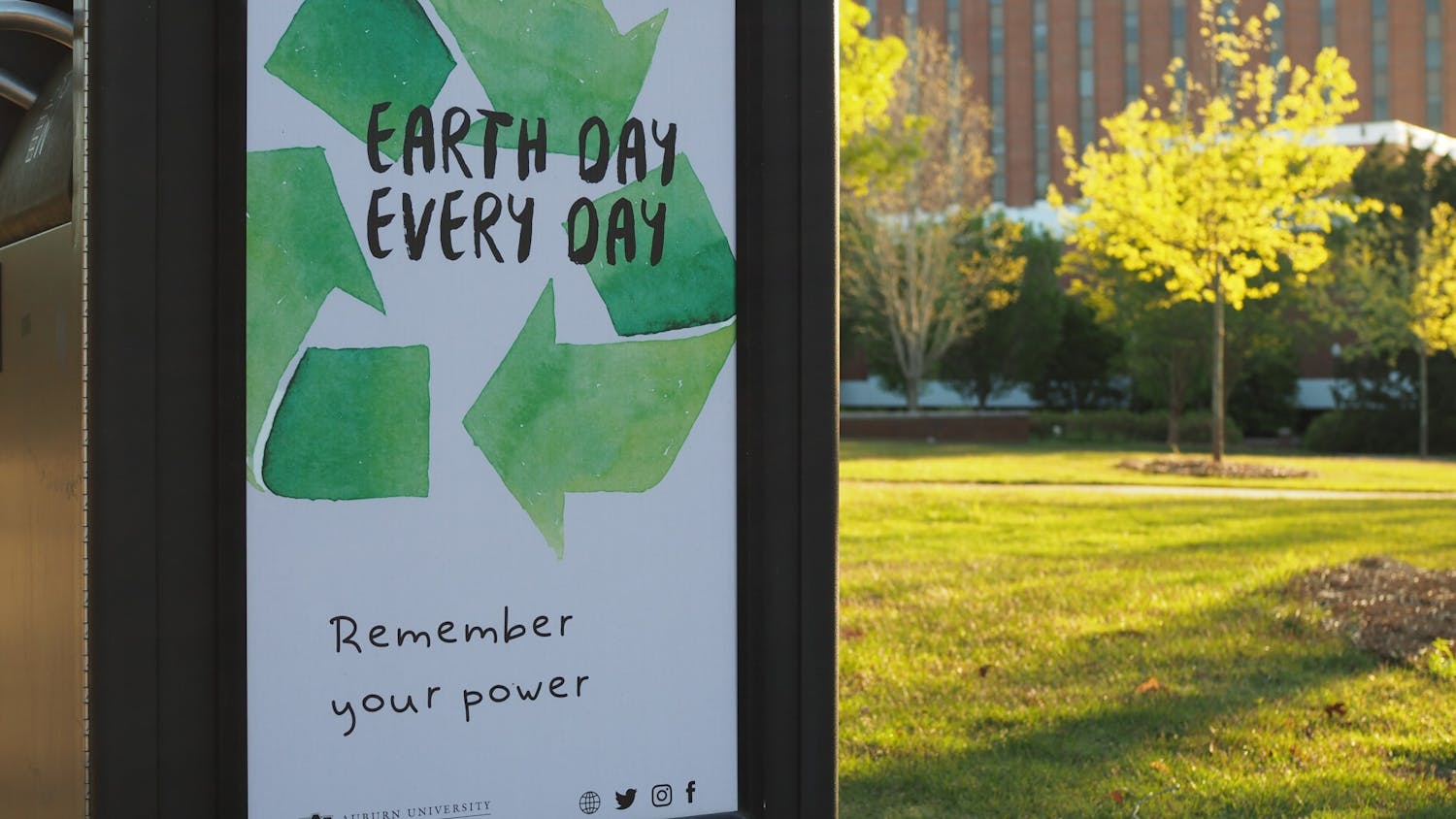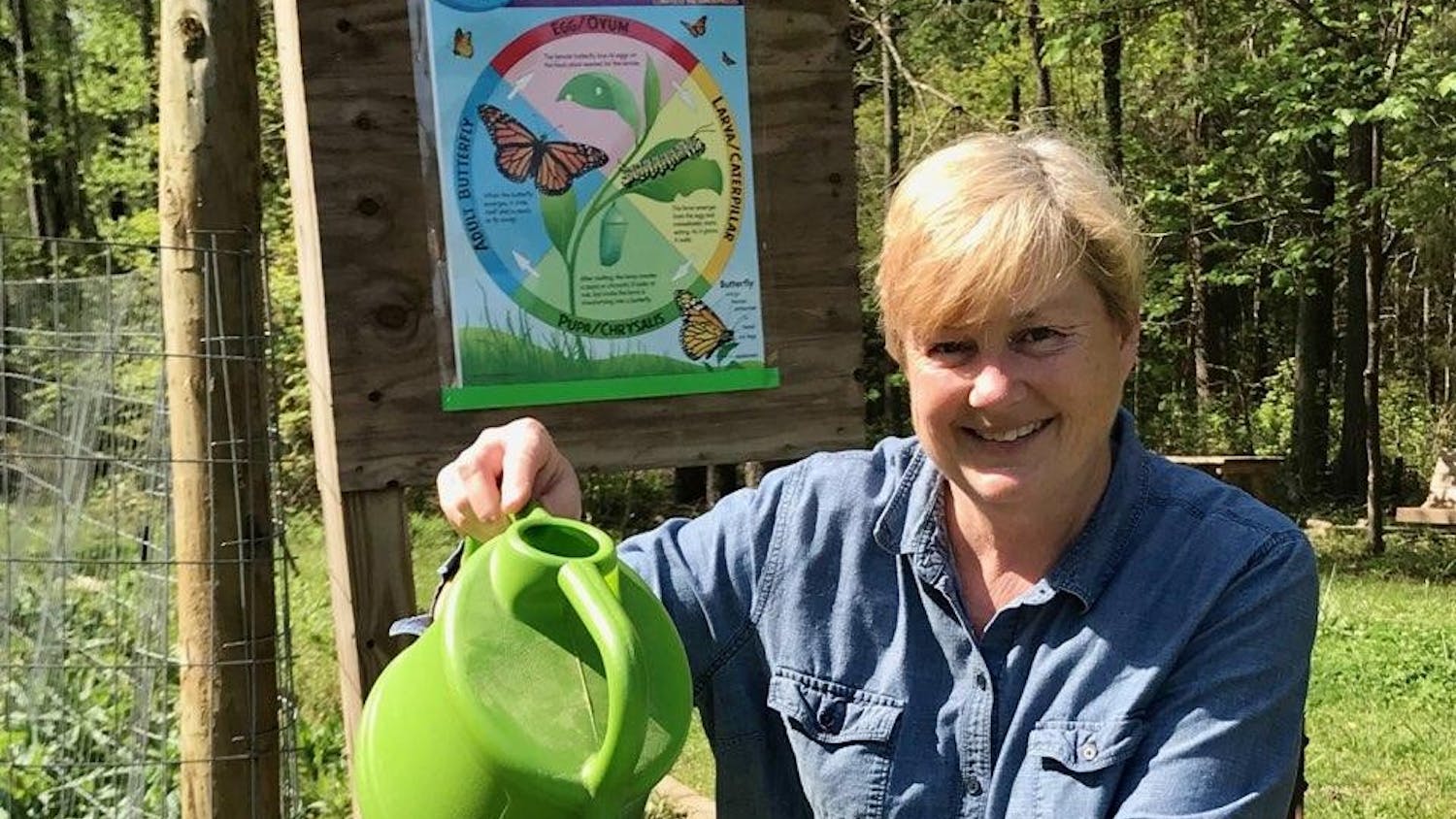It all started with some unedited footage depicting everyday life in Afghanistan. People were drinking tea, walking their dogs and chatting with one another.
But Alexandria Bombach saw something different in this footage, inspiring her to sell her car and book a flight to Afghanistan with fellow director Mo Scarpelli, camera equipment in tow.
Bombach said when she watched the footage, which was filmed on a street in Afghanistan, she started to question her perception of Afghanistan and became insatiably curious about the stories Afghans would tell about their country.
Two separate journeys to Afghanistan followed, where Bombach and Scarpelli would take 300 hours of footage of four Afghan photojournalists, each taking on the responsibility of capturing the full image of Afghanistan and its people in a country where it is becoming increasingly dangerous to do so.
The resulting documentary, “Frame by Frame,” has won numerous awards such as the Audience and Spirit awards for documentary feature at the 2015 Brooklyn Film Festival and has been screened all over the country.
Q: You said you sold your car to have the money to produce the film. Was it scary taking that leap?
A: It wasn’t my first time doing that. Hopefully it will be my last, because I don’t have any more cars. But no, it’s not scary. I feel like my bank account goes pretty drastically up and down all the time. But it is worth it. Filmmaking is what I love to do and what am I going to save up for? Tupperware?
Q: What do you think made people want to support the project?
A: Well, doing the Kickstarter was really scary because you are putting yourself out there and if you fail the Kickstarter, it’s up forever, permanently. It’s like permanently in Google and in history that you are a failure ... I think we went for $40,000 and then ended up raising $70,000. So it was huge. It was so much more than the money ... all of a sudden we had 1,200 that said with us, ‘Yes, this is a film I want to see.’ People who couldn’t imagine living without photography. A lot of famous photographers were a huge push for us. And yeah, it was a really great experience and allowed us to have a base for an audience really early on.
Q: In the film they talk a lot about the responsibility of having to take pictures. Do you feel like that is something you can relate to or do you think that they are on whole different level over there?
A: I think it definitely is a whole other level. I mean, obviously the caliber of their work is just through the roof, but the sense of responsibility of their story and the experience that they have had ... There is definitely a fire under my butt wanting to do as much as I can in a sense of telling true stories that impact people’s lives.
Q: What are you planning on doing when you go back to Afghanistan?
A: Screening the film to the U.S. Embassy, and we’ve been invited to screen out there. Hopefully, we will screen with the new president, Ashraf Ghani.
Q: Are there any extra precautions you are taking this time going over?
A: Yeah ... But it always seems much more dangerous when you are here than when you are over there, because the only news we get is the bad news, so your perception even when you get back, even if you’ve been there, starts to shift. You think it is the most dangerous place on Earth, but they are still living there, and they are fine.
Q: What do you think you will remember the most about filming and being over there and just the whole experience?
A: Meeting the people that I met. It was such a gift that they allowed us into their lives like that and it was a huge sense of responsibility in that they are just a lot of amazing humans. But the silly answer is, I’ll remember the fruit. The fruit is really good.
Q: I know you said you just wanted to go there to portray the other side of Afghanistan, but how did you end up deciding to center the film around photojournalists?
A: Well, I found out that photojournalism ... was banned during the Taliban regime, so that was interesting and especially because free press is such a huge part of keeping the government in check ... given that the troops are like diminishing rapidly and aid is turning toward other countries and bureaus are shutting down ... photography is such a powerful medium ... You get a sense of emotion in the space of one frame, and as filmmaker, I was really inspired by that and thought it would [be] interesting to cover that medium.
Q: And what made you want to do such a character-driven documentary?
A: I always do character-driven, because I think so often we are looking at statistics in the newspaper about how many refugees or how many people were killed, and people just glaze over those facts. But when you get to know one person, it makes such a huge difference.
Learn more about the film here.
Do you like this story? The Plainsman doesn't accept money from tuition or student fees, and we don't charge a subscription fee. But you can donate to support The Plainsman.




